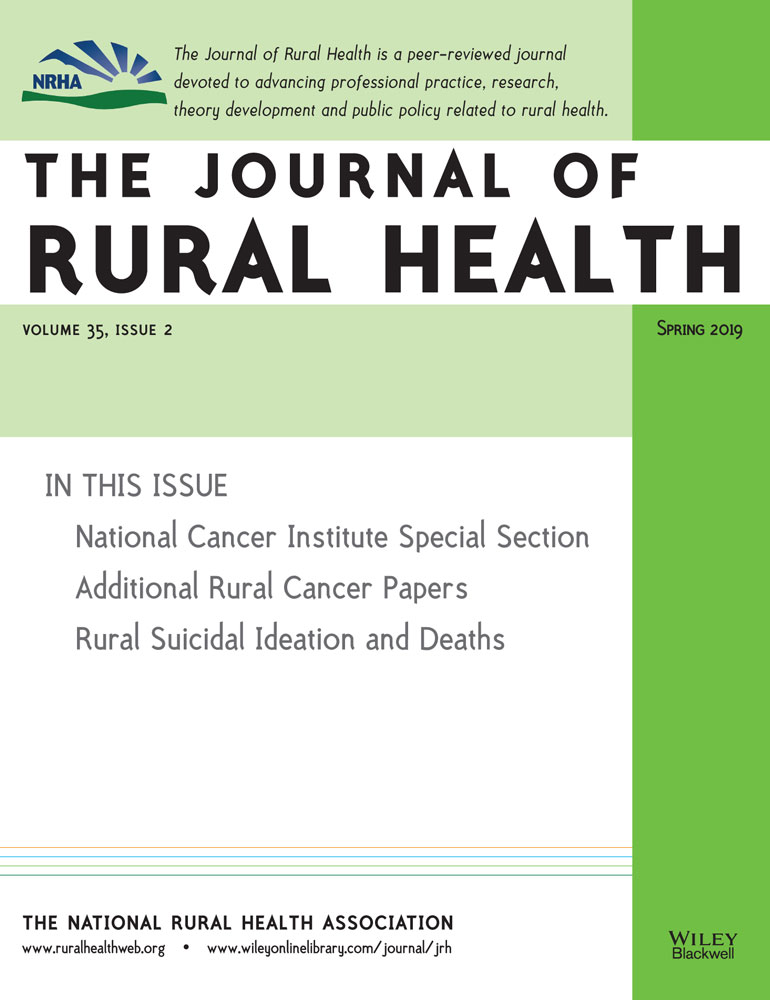Rural-Urban Disparities in Access to Breast Cancer Screening: A Spatial Clustering Analysis
Disclosures: Preliminary findings of this study were presented at the National Cancer Institute Conference on Geospatial Approaches to Cancer Control and Population Sciences in Bethesda, Maryland, September 2016.
Funding: Funding for this study was provided by University of Nebraska Medical Center Graduate Studies Fellowship, 2015, and University of Nebraska Presidential Graduate Fellowship, 2016, awarded to Aastha Chandak.
Abstract
Purpose
The purpose of this study was to examine rural-urban differences in access to breast cancer screening in a predominantly rural Midwestern state in the United States.
Methods
The study is a retrospective analysis of pooled cross-sectional data for the years 2008 to 2012. We conducted hot spot analyses of the rate of late-stage diagnosis of breast cancer at the census tract level in Nebraska for cases diagnosed between 2008 and 2012, using cancer registry data. We also conducted hot spot analyses of access to mammography facilities (distance to the nearest center) using data on mammography facilities from the US Food and Drug Administration and rates of screening using the National Private Insurance Claims data for year 2013.
Results
The spatial clustering analyses found that urban areas in Nebraska had lower distances to mammography centers, higher screening rates and lower rates of late-stage diagnosis of breast cancer. Rural areas had higher distance to the mammography centers and higher rates of late-stage at diagnosis for breast cancer.
Conclusions
The evidence from this study points to geographic disparities in access to screening for breast cancer. Mitigating the access issues that rural women face would require interventions specifically targeted to rural populations.




